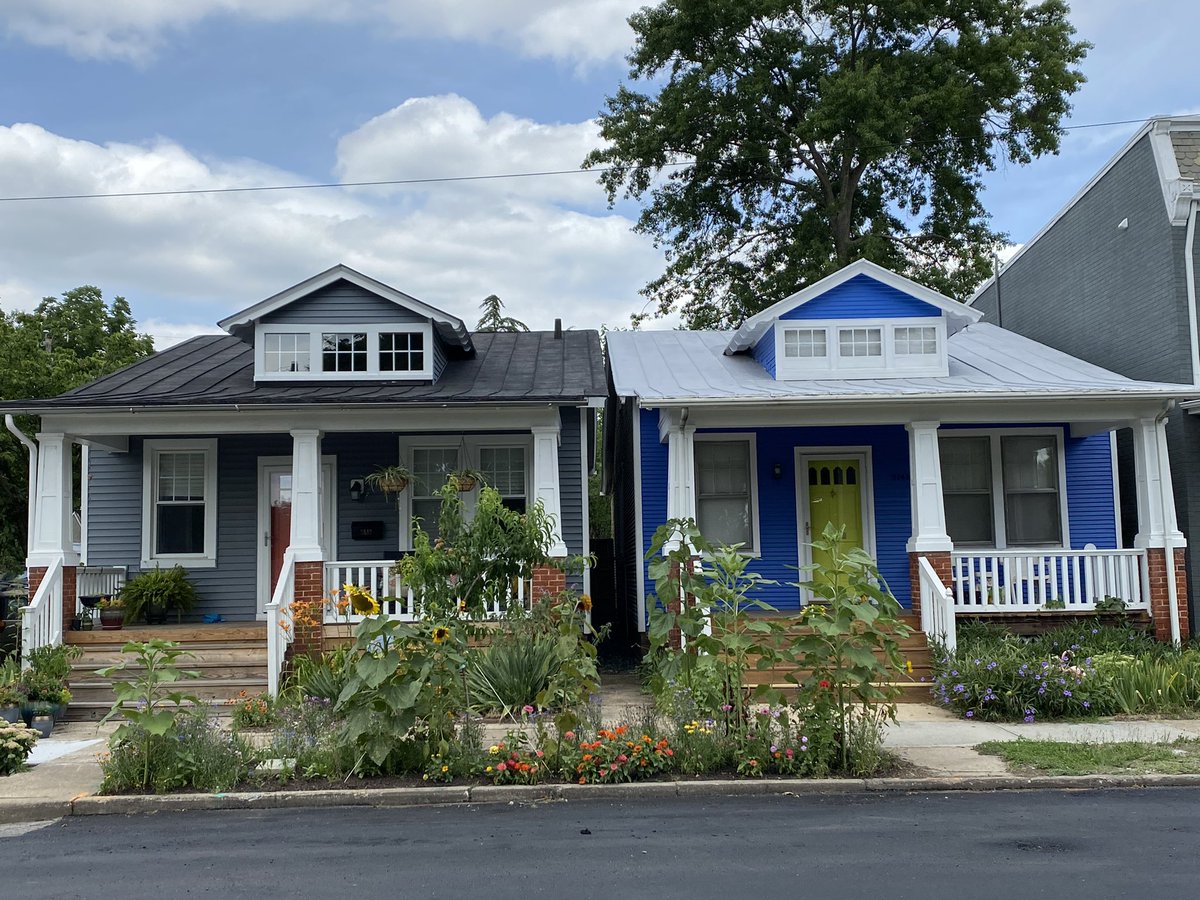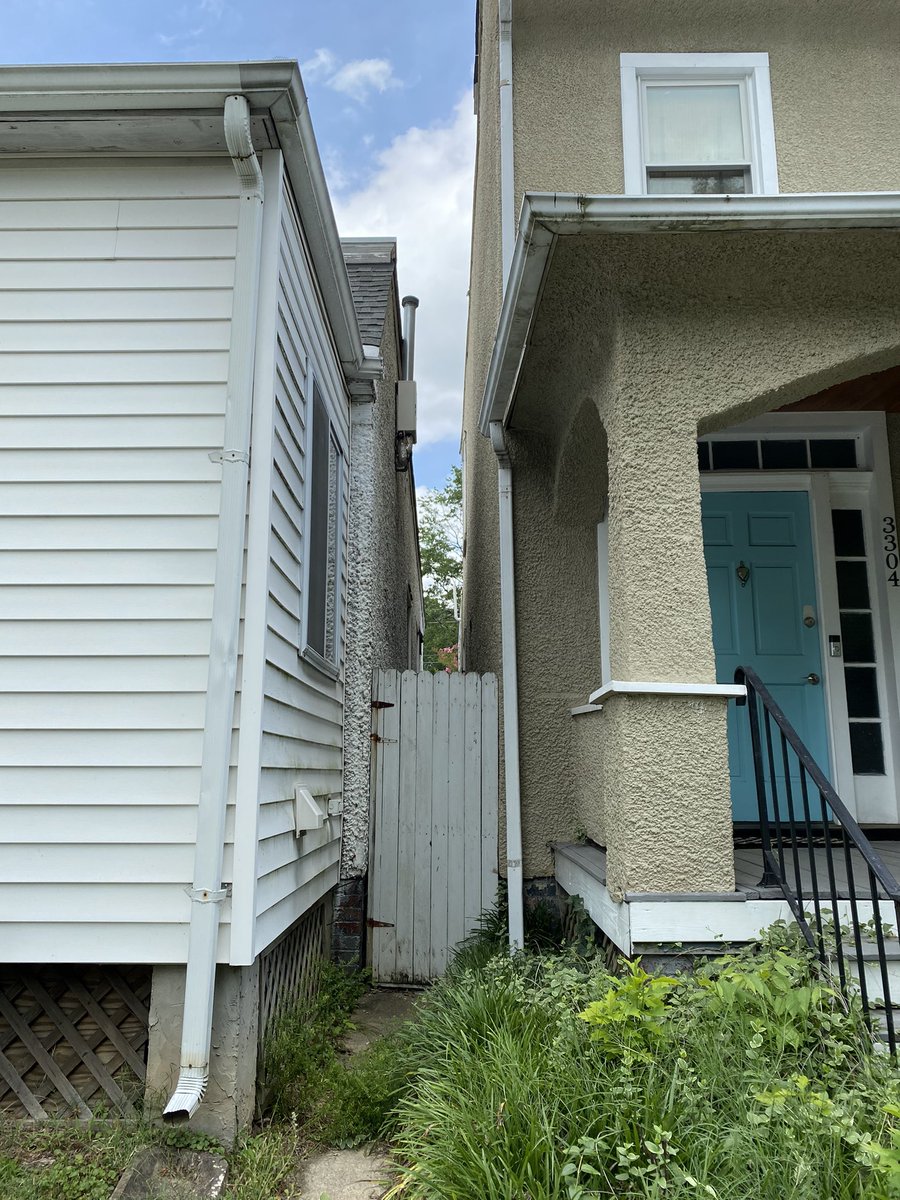
It’s great to see White House using their massive platform to highlight land use/housing supply problems. Given limits of federal authority here, bully pulpit is an important & mostly underused tool.
https://twitter.com/yimbyaction/status/1454113543058427908
Brian Deese notes that to boost housing supply, we need to know (a) which zoning restrictions to change and (b) how to build local/state political support around those changes. It's not going to look the same everywhere.
Cici Rouse: greatest harms of exclusionary zoning are felt in rental market, 1st time homeownership market, which disproportionately hurt low-income folks & people of color. Not just a housing problem: labor markets, public health, & financial stability are harmed.
Glaeser: exclusionary zoning is one of the tools used by insiders (existing homeowners) to increase their wealth, while locking out newcomers (renters). [eg exclusionary zoning is anti-competitive & anti-small-d democratic]
The difference in generational housing wealth is just astonishing. Younger & middle-income cohorts today have much less housing wealth than prior generations, b/c older homevoters don't want more housing. Subject for a fun Thanksgiving family debate?
(It's kind of charming that even the White House webinar has technical problems. Makes the rest of us feel less clumsy.)
Mayor Adler: large-scale changes to zoning are politically & legally *hard*. (True & underdiscussed.) Nibbling around the edges (parking reqs, setbacks, strategic upzoning) is more feasible. Linking to affordable housing contributions can balance against displacement concerns.
Chair Fletcher: new federal incentives around zoning reform can help local govts. (federal & state govt giving political cover to local electeds who want to make change is very impt!)
Chair Fletcher: "We've got to have elected officials with the courage to push back against those 17 folks from the neighborhood". (NIMBYs are often the loudest voices, but not the majority of voices. Keeping reminding elected of this!)
San Diego is thinking about housing density-public transit-climate resilience exactly right. More housing near transit means more riders, fewer cars. Need to improve transit frequency/reliability to attract riders. "Transportation & housing are the same issue".
Jeana Dunlap: "We have to move at the speed of trust" in tackling land use changes. Building shared understanding of the problem is crucial to successful policy change.
Chair Fletcher: "You can't be so afraid of opposition that it binds you from trying" to make progress. More available housing will help, but "We also have to talk about the wages of American workers". (He's 100% right. More housing + more subsidy for low-income families.)
Jeana Dunlap: planners & elected officials need to be intentional in seeking out diverse voices. (Do not just wait for the usual suspects to show up & oppose stuff.)
(Noting that the state panel is all Western states: CA, OR, UT. East Coast states, y'all ready to get in the zoning reform game??)
Speaker Kotek: HB 2001 re-legalized townhouses, duplexes & triplexes in most residential neighborhoods. RE-legalized. Middle housing used to big part of new housing, should be again.
Speaker Kotek: statewide reform is really important, so exclusionary localities can't opt out. "More people have opportunity to live in high-opportunity communities with middle housing." That's it, that's the goal.
Sen Wiener: CA has been going back & putting teeth into prior laws w/ inadequate enforcement: ADUs, density bonus existed but weren't being used. Also pushing back on process reforms, making it easier for localities to pass pro-housing laws. (Don't forget process!)
Sen Wiener: consistent pro-housing state agenda requires building durable coalition. For-profit & non-profit developers, building trades, environmental groups, AARP, students. Oh yeah, plus @yimbyaction & @cayimby are moving mountains.
Sen Wiener: "Housing isn't partisan...Everyone sees the pain." We've seen similar federal positions on housing supply/zoning from Pres. Bush, Obama, Trump, now Biden. (Fact check: true. And that's good.)
Sen Anderegg: states can/should give local govts political cover. (Worth saying again.) Tying state funding to local govts adopting zoning "best practices" is one way to do this. What's the right balance of fiscal carrots & sticks?
Sen Anderegg: local fiscal impacts of adding residential vs commercial development need to be part of conversation. (Yes! Public finance & zoning are flip sides of the same coin.)
Speaker Kotek: states need to be aware of capacity issues among local govts. (Very true, underdiscussed.) Smaller places can benefit from planning grants. (This is part of BBB bill, yes?)
Sen Wiener: NIMBYs are not a majority, but they're "very organized, very loud", and have more free time. (Ahem, retirees.) In CA, elected officials who have supported pro-housing reforms have NOT been penalized in later elections. (Hugely important!)
Sen Anderegg: "the people who are moving into these new homes are you kids. They're your grandkids...higher density does not equal slums." (Fact check: all true.)
Dep Sec Todman: land use conversations are hard because "it's about the places that we call home...thoughtful conversations about zoning reform need to include the people who need homes." Couldn't agree more.
• • •
Missing some Tweet in this thread? You can try to
force a refresh










